9 Tips to Help you Boost Your Retirement Savings

In an ideal scenario, an investor aims to have built a large retirement corpus that is earning interest (and the interest sum is earning further interest), ensuring they can retire comfortably, even early if they desire. This is the perfect retirement scenario that one can wish for. However, the reality of retirement is far from this. According to a recent study, nearly three-quarters of Americans agree the country is facing a retirement crisis. The median household savings for workers is nearly $93,000, while the savings benchmark for a comfortable retirement increased 10% to $1.04 million in 2021. 22% of Americans have less than $5,000 as retirement savings, and 15% of Americans have no retirement savings at all. Because of low savings for retirement, over 55% of workers plan to work in retirement. Of these, 14% of people may work to support their essential everyday expenses during retirement.
If you want to secure your golden years, it is important to create the best retirement plan for your unique financial needs and goals and have adequate savings for retirement. No matter how far or close you are to retirement or how much or how little you have saved up for the future, it is never too late to modify your plan to grow your nest egg. Even if you think you are far behind your target, you can still boost your savings by using wise tactics, like increasing your savings rate, minimizing spending, investing smartly, maximizing contributions in tax-advantaged retirement vehicles, reducing income tax, benefitting from catch-up contributions, delaying Social Security benefits, and more. If you need guidance on how to create a retirement plan to safeguard your financial future during your golden years, reach out to a professional financial advisor who can help you with the same.
Here are ten tips that can help you boost your retirement savings:
1. Start saving for retirement today:
If you are saving for retirement, keep going! If you have not started saving yet, focus on starting now. Saving is a rewarding habit. The more you save, the better your retirement financial security. It is a simple fact, the earlier you begin saving for retirement, the more time your funds get to earn interest and grow. This is also known as the power of compounding. $10,000 saved and invested today can be worth $30,000 in ten years. You can start small and increase your savings rate gradually each month. Make saving a priority, set a savings target, and stick to it. Financial experts advise it is never too late or early to start saving. According to Fidelity, saving 15% of your annual salary from the age of 25 is sufficient for an adequately-funded retired life. So, if you save $6,000 per year and $30,000 in five years and invest that sum in a 401(k) or a similar tax-advantaged retirement account, your funds can grow anywhere between 5-8% annually. However, if you start saving at the age of 30, you miss out on five years of interest and earnings on interest. To make up for the difference, you will need to save more than 15%. Hence, start saving now and stay consistent with your savings target by automating your savings.
2. Get rid of any high-interest debt:
One of the best ways to save money for retirement is to pay off your high-interest debt. Instead of spending money to pay interest charges, you can save more and create a substantial retirement nest egg. The more funds you save, the higher benefit you can earn because of the power of compounding. You can take stock of your existing debt, including credit cards, loans, mortgage payments, etc., and pay off the high-interest debt first to reduce your interest outlay and then gradually move on to the low-interest debt. You can also consider taking a low-interest loan to consolidate your pending loans.
3. Reduce your spending:
Examine your budget and work to reduce your spending to boost your retirement savings. You can minimize your expenses by cutting your discretionary spending, also known as ‘wants’, instead of ‘needs’. You can also consider changing your lifestyle to free more cash for retirement savings. If you do not have a budget to track your discretionary and non-discretionary expenses, create a budget to track your spending and identify areas where you can cut back, channeling that money to catch up on your retirement savings. You can also consult a professional financial advisor to create a zero-based budget, where every dollar you spend has a definite purpose. Alternatively, you can also adopt a 50-20-30 rule of budgeting, where 50% of your income goes to cover your needs, 30% is for wants, and the remaining 20% is for saving and investing. If you have a set budget, you are more likely to operate within the permissible limit and achieve your long-term retirement savings goal.
4. Create an optimum retirement investment plan:
Merely achieving your savings target is not sufficient to enhance your retirement savings. You require a wise retirement investment plan to ensure your funds increase over time, contributing to your financial wellness. If you think saving for retirement is all about making conservative investments, you could be on the wrong track. The instruments that you choose to invest in depends on your risk tolerance and age. Your portfolio composition also alters per your age. If your retirement is in ten years or closer, you may invest more in bonds and fixed-income securities that aim for capital preservation. If you are ten years or more from retirement, consider investing more in equity and equity-linked securities. Financial experts also advise creating a diversified portfolio comprising a mix of stocks, bonds, and other assets, irrespective of age. The ratio of equity and debt can depend on your risk tolerance, but it may not be wise to completely neglect shares (if you are a low-risk investor) or bonds (if you prefer high-risk investments). A well-diversified portfolio is well-positioned to weather market volatility in the long run.
SPONSORED WISERADVISOR
5. Maximize your 401(k) contributions:
If your employer offers a 401(k) and you are eligible to contribute to the plan, it is best to maximize your 401(k) contributions each year. A 401(k) is a tax-advantaged retirement account where you can contribute before-tax dollars to earn tax-free returns over time. In 2022, you can save up to $20,500 if you are under 50 years. If you are over the age of 50, you can take advantage of catch-up contributions and save an additional sum of $6,500 in 2022, bringing your total contributions up to $27,500. Know your contribution limit for each year and aim to maximize your applicable contributions. Generally, employers also match your 401(k) contributions. According to Vanguard, approximately half of the employers offer matching 401(k) contributions, an average of 3% of your salary. Take advantage of employer contributions, which are essentially free money for your retirement. By 2022, the total employer and employee contributions can be $61,000 for employees under 50 years and $67,500 for employees above 50 years. If your employer also offers a Roth 401(k) plan, which includes after-tax dollars along with tax-free returns and withdrawals, consider what your tax bracket will be in the future and compare it with the present tax charge. If you expect your future tax bracket to be lower, you can invest in a traditional 401(k) in the present. In contrast, if you expect your future tax bracket to be higher, you can go for a Roth 401(k) to get tax-free withdrawals in the later years of your life. Even if you leave the job, you retain control of your traditional or Roth 401(k), whichever account you choose.
6. Choose an IRA:
IRA or Individual Retirement Account is one of the best retirement plans available for you. A traditional IRA is a tax-advantaged account like a 401(K) where you can contribute pre-tax money to get tax-free earnings. It permits tax-free withdrawals, subject to some conditions such as withdrawal at or after the age of 59.5. You can open an IRA with IRA custodians, such as banks, trust companies, brokerage firms, federally insured credit unions, etc. When you contribute funds in an IRA, the custodian invests it across different financial products, such as bonds, stocks, mutual funds, and ETFs, per your choice. If you do not want to save in a traditional IRA, you can explore other IRA options like Roth IRA, SEP (Simplified Employee Pension), and self-employed IRA. Of these, Roth IRA is one of the best ways to save money for retirement. In a Roth IRA, you contribute after-tax dollars, earn tax-free growth, and get tax-exempt withdrawals, subject to some conditions. To get tax-free withdrawals, you should hold the Roth IRA for at least five years, and your age at the time of withdrawal should be at least 59.5 years. In 2022, you can contribute up to $6,000 if you are younger than 50 years or $7,000 if you are above 50. This limit is a blanket figure for all IRAs in your name. You can contribute to a Roth IRA only if you meet the phase-out income limits aligned with your federal tax filing status. In a Roth IRA, the IRS (Internal Revenue Service) only permits you to contribute from your earned income, such as salary, wage, business earnings, disability retirement benefits, commission, bonus, assignment work, etc. Interest, rental income, Social Security benefits, dividend, unemployment benefits, child support, pension, and annuity money are not earned income and are ineligible for a Roth IRA contribution.
7. Leverage a Health Savings Account:
An effective tactic to boost your savings for retirement is to tap all possible tax-advantaged savings accounts. One such account is a Health Saving Account (HSA). HSA allows you to make tax-deductible contributions annually, helping you create a corpus that can fund your future healthcare expenses. According to a Fidelity Retiree Health Care Cost Estimate, a 65-year-old retired couple in 2021 would need $300,000 (after taxes) to pay for their healthcare expenses during retirement. HSA can work as your tax-advantaged, personal savings account where you save money, your funds grow tax-free (through market-linked investments), and you can get tax-free withdrawals, provided you use it to cover your medical expenses. You can consider investing in an HSA so that you have a separate fund to pay for the steeply rising medical costs during retirement. This will reduce the burden on your holistic retirement corpus, allowing you to live a financially comfortable life. If you withdraw the HSA funds for non-medical expenses, you would be liable for a penalty. For 2022, the annual contribution limit for self-only HSA is $3,650 and $7,300 for family coverage. If you are 55 years old, you can avail of the catch-up contribution of $1,000, implying you can contribute $4,650 in a self-only HSA plan and $8,300 for a family HSA plan.
8. Delay taking Social Security benefits:
If you are nearing retirement and are short of your savings target, you can delay your Social Security withdrawals to earn better returns. As per law, you can take your Social Security benefits as early as age 62. However, if you want to maximize your Social Security benefits, you can consider delaying your withdrawals until you reach your full retirement age. If you delay taking Social Security benefits to the age of 70, your benefit money will increase. If you take benefits early, your withdrawal sum is reduced by a small percentage for each month before your full retirement age. You can consider working for a longer period to fund your lifestyle expenses and defer your Social Security payments until your full retirement age.
9. Reduce taxes:
Taxes consume a large share of your income, reducing your disposable income and eventually your savings for retirement. Therefore, aim to minimize your taxes with smart strategies. You can consult a professional financial advisor who can help you find tax-effective strategies for investment, saving, spending, and more. The advisor can help you maximize your contributions in tax-advantaged retirement accounts, use capital gain offsetting strategies, make charitable donations, offer lifetime gifts, create trusts, deploy tax-loss harvesting tactics, and more. If you have an inheritance or a large estate, your advisor can support you to create a tax-efficient estate plan and reduce the inheritance tax implications.
To conclude
Figuring out how to boost your retirement savings can be challenging, but it is a vital step to ensure your future financial stability. While saving for retirement is a prominent goal, some people enter the retirement phase unprepared. If you want to create a strong financial foundation for your future, consider engaging with a professional financial advisor to effectively use these tricks and grow your retirement savings.
If you’re looking for ways to boost your retirement savings, consider using the various tips explained in this article to maximize your retirement money. Use the free advisor match service to search for fiduciary advisors near you. Based on your requirements, the platform scans through registered and qualified advisors to match you with an advisor suited to your needs and goals.
For additional information on retirement planning strategies that can be tailored to your specific financial needs and goals, visit Dash Investments or email me directly at dash@dashinvestments.com.
About Dash Investments
Dash Investments is privately owned by Jonathan Dash and is an independent investment advisory firm, managing private client accounts for individuals and families across America. As a Registered Investment Advisor (RIA) firm with the SEC, they are fiduciaries who put clients’ interests ahead of everything else.
Dash Investments offers a full range of investment advisory and financial services, which are tailored to each client’s unique needs providing institutional-caliber money management services that are based upon a solid, proven research approach. Additionally, each client receives comprehensive financial planning to ensure they are moving toward their financial goals.
CEO & Chief Investment Officer Jonathan Dash has been profiled by The Wall Street Journal, Barron’s, and CNBC as a leader in the investment industry with a track record of creating value for his firm’s clients.








.jpg)

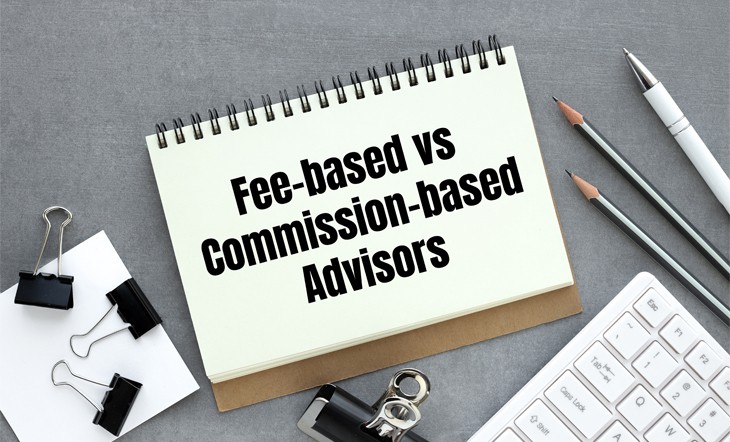










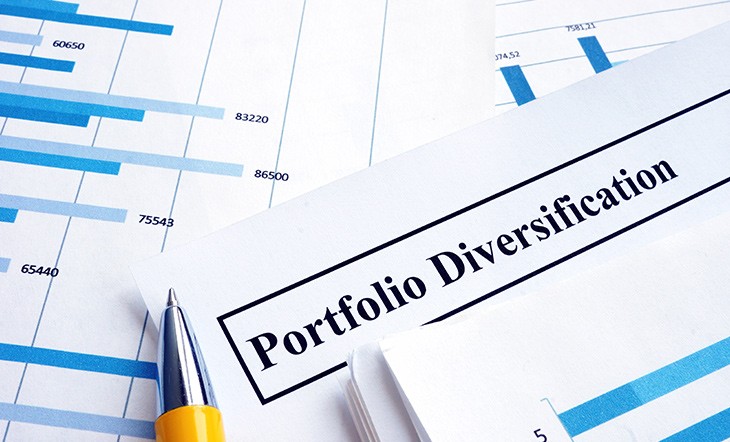
.jpg)
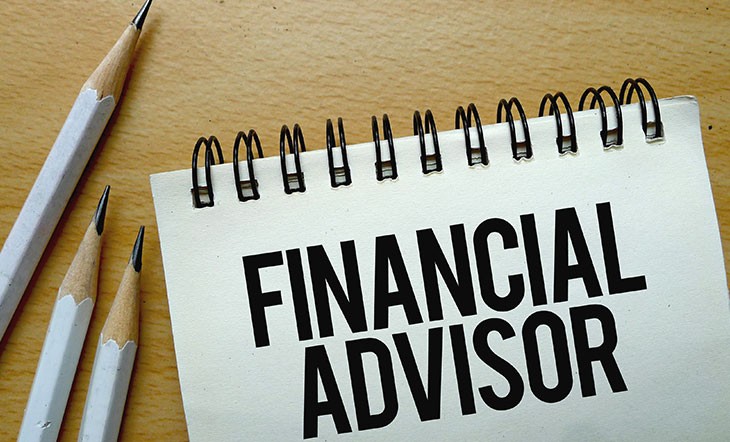
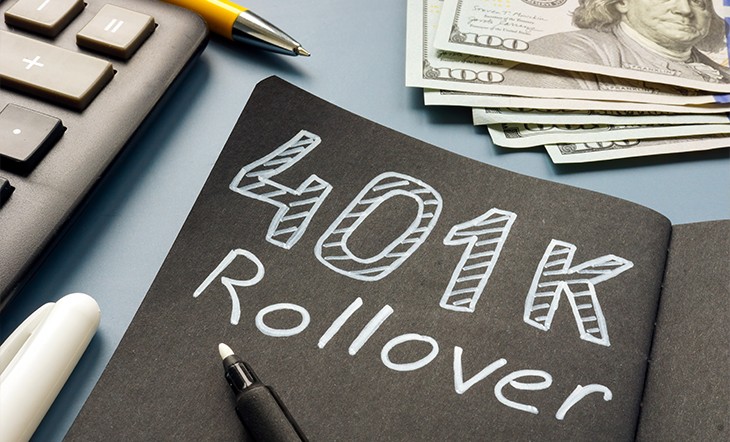



.jpg)


.jpg)


.jpg)

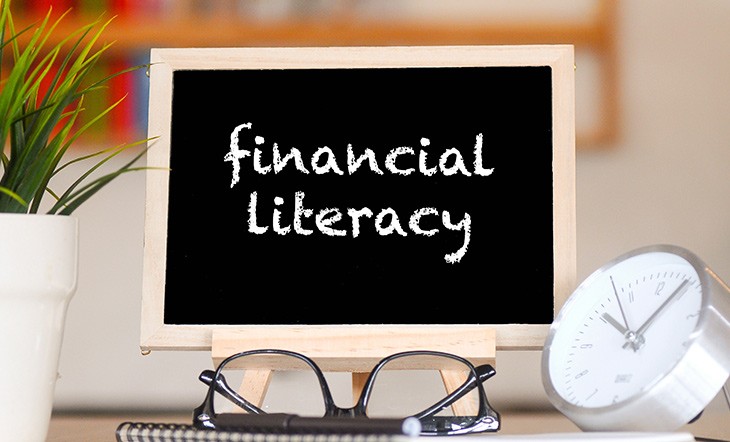







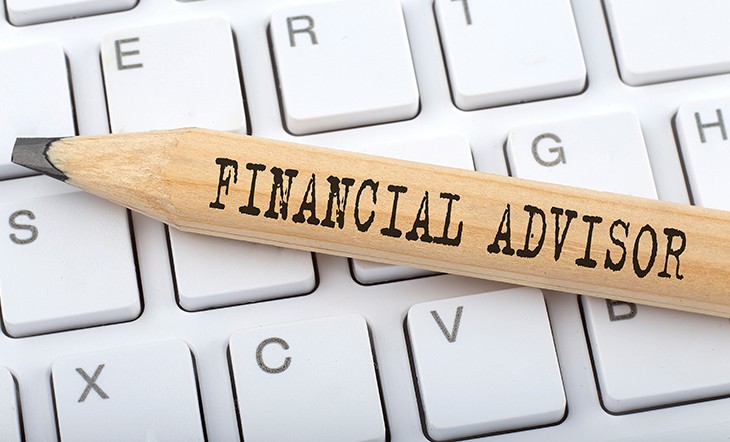



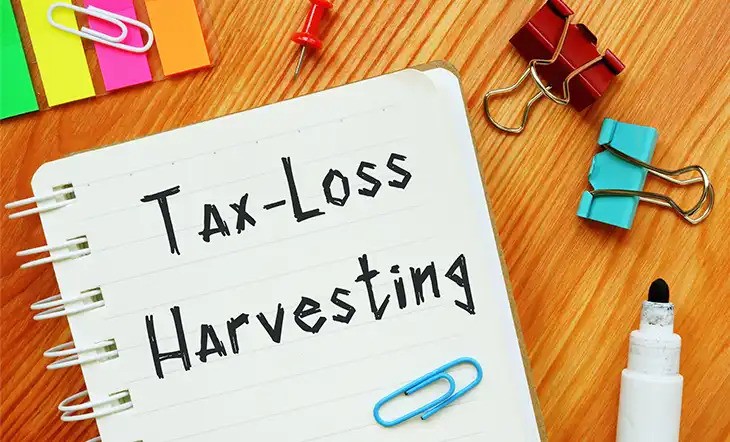
.jpg)





.jpg)




.jpg)


.jpg)






.jpg)

.jpg)






.jpg)



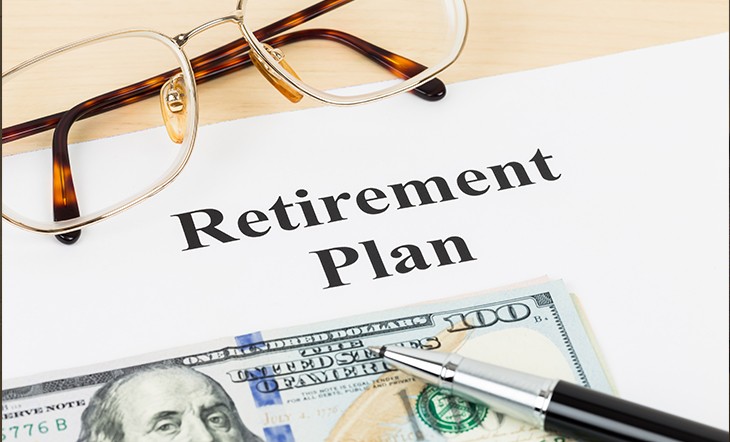
.jpg)

.jpg)



.jpg)

.jpg)




.png)
.jpg)
.jpg)





.jpg)
.jpg)
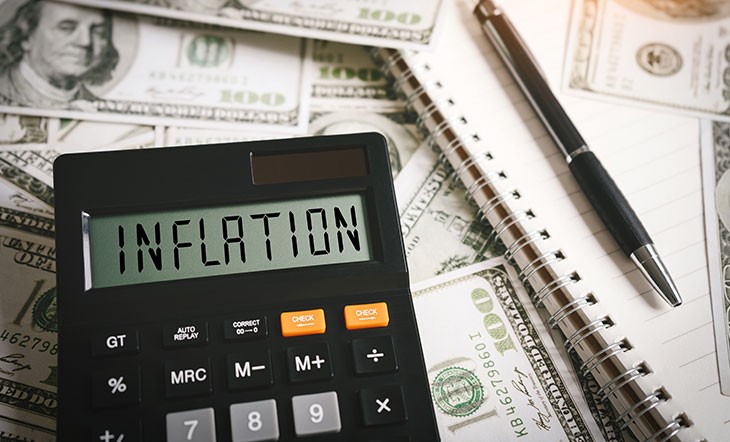
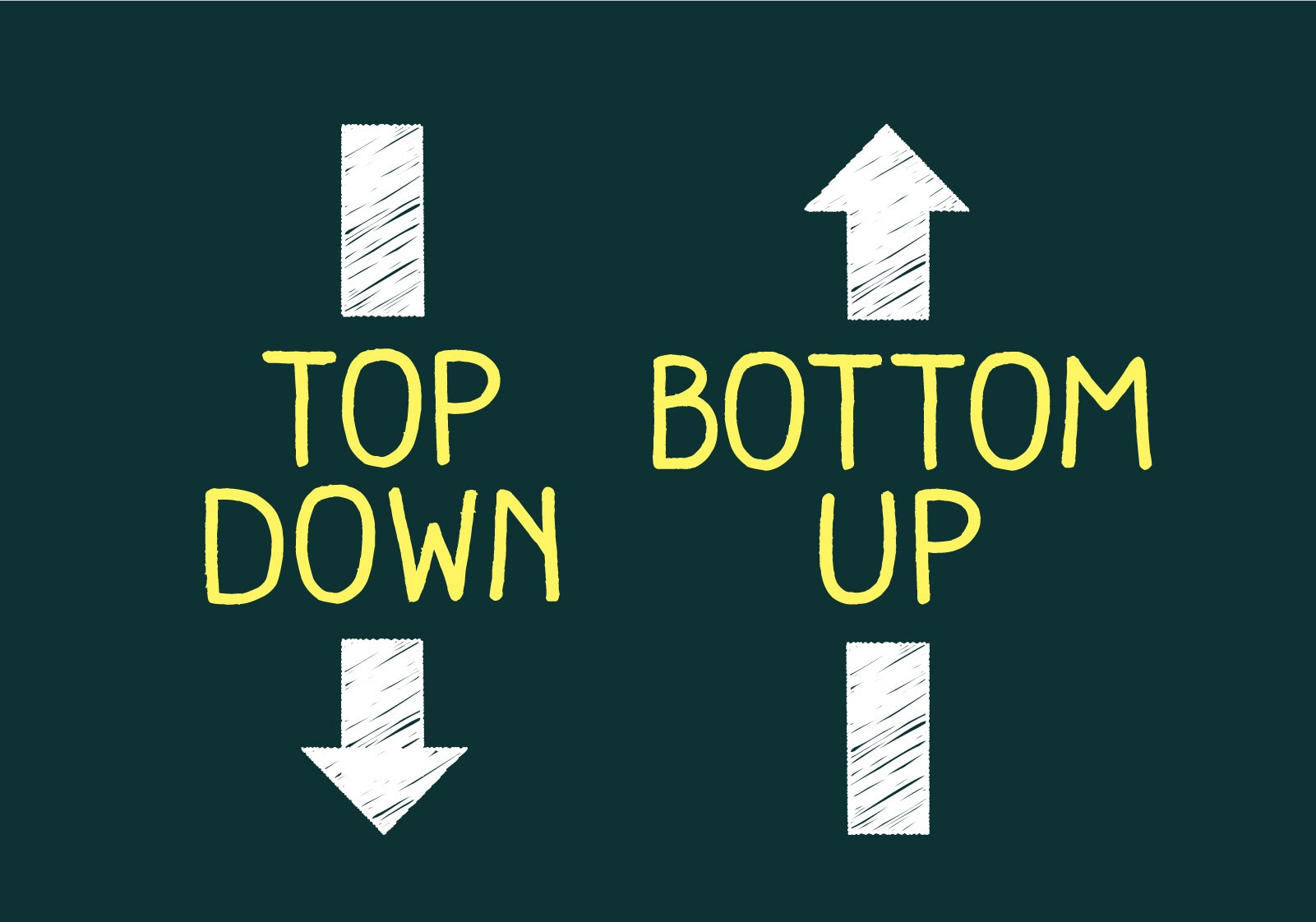
.jpg)


.jpg)

.jpg)

.jpg)
.jpg)
.jpg)

.jpg)

.jpg)




.jpg)

.jpg)


.jpg)


.jpg)
.jpg)
.jpg)
.jpg)
.jpg)

.jpg)

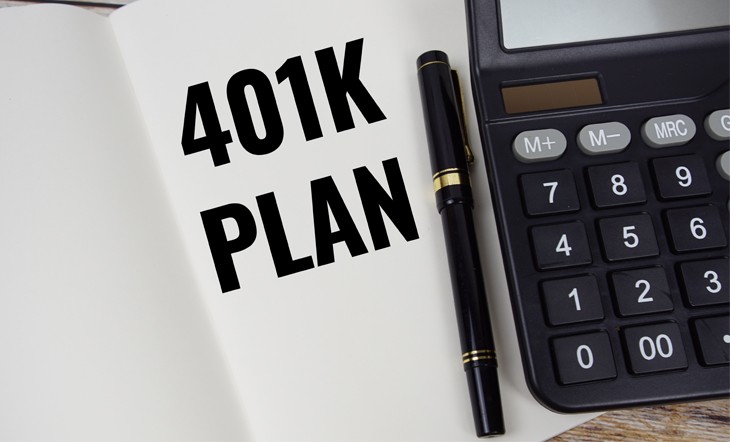


.jpg)
.jpg)


.jpg)
.jpg)
.jpg)
.jpg)

.jpg)
.jpg)













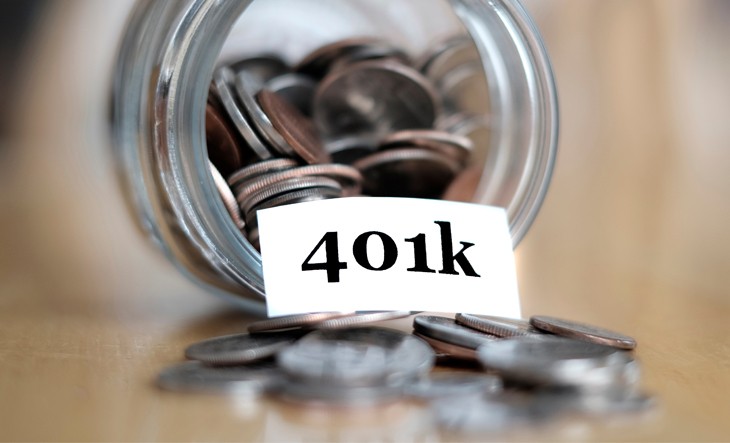

.jpg)

.jpg)




.jpg)

.jpg)












.jpg)



